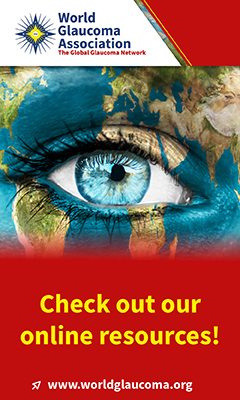advertisement

Abstract #28216 Published in IGR 13-1
Fuchs corneal dystrophy
Eghrari AO; Gottsch JDExpert Review of Ophthalmology 2010; 5: 147-159
Fuchs corneal dystrophy (FCD) is a progressive, hereditary disease of the cornea first described a century ago by the Austrian ophthalmologist Ernst Fuchs. Patients often present in the fifth to sixth decade of life with blurry morning vision that increases in duration as the disease progresses. Primarily a condition of the posterior cornea, characteristic features include the formation of focal excrescences of Descemet membrane termed 'guttae, loss of endothelial cell density and end-stage disease manifested by corneal edema and the formation of epithelial bullae. Recent advances in our understanding of the genetic and pathophysiological mechanisms of the disease, as well as the application of new imaging modalities and less invasive surgical procedures, present new opportunities for improved outcomes among patients with FCD.
J. D. Gottsch. Cornea and External Disease Service, Wilmer Eye Institute, 317 Maumenee Building, 600 North Wolfe Street, Baltimore, MD 21287, United States. jgottsch@jhmi.edu
Classification:
9.4.2.3 Fuchs' endothelial dystrophy (Part of: 9 Clinical forms of glaucomas > 9.4 Glaucomas associated with other ocular and systemic disorders > 9.4.2 Glaucomas associated with disorders of the cornea, conjunctiva, sclera)

